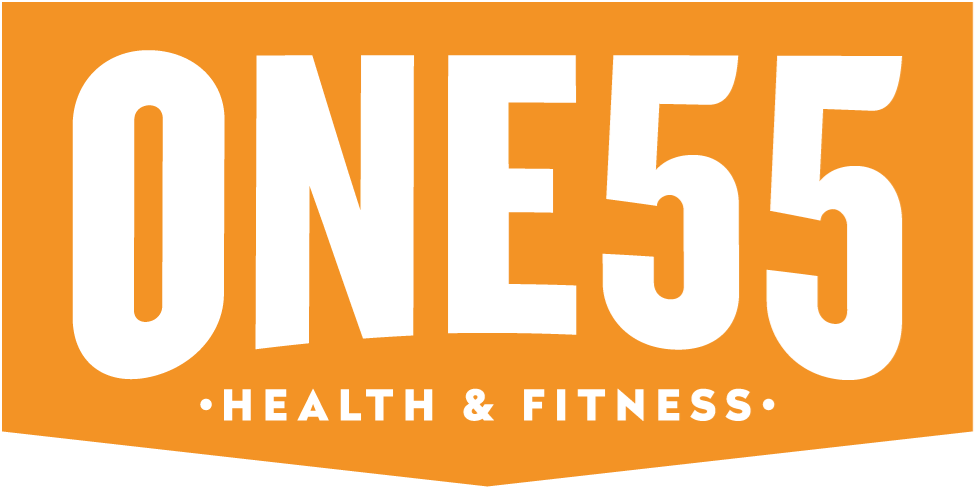Categories
In the second instalment of our series on macronutrients, we explore fats and why they don’t deserve their bad reputation. Plus, a few fats your body needs.
In a recent blog post we talked a bit about macronutrients, specifically carbohydrates, and how you can adjust your diet to consume the ones that are best for you. In this article, we’ll do the same thing but focus on perhaps the most controversial nutrient of all – fat.
First, a recap. Macronutrients are the three types of substance that the human body needs in large amounts to function at peak capacity, comprising carbohydrates, proteins and fats. For a healthy lifestyle, you’ll want a balance of all three, combined with regular exercise at your local gym. Not only do you need to maintain the right ratio of these nutrients, but you’ll also want to know which of their varieties are healthy, and which of them are not.
Macronutrients are often looked at in terms of their calories – units of energy that translate into weight gain if not burnt off by exercise. According to the McKinley Health Centre, carbohydrates and proteins both contain about 4 calories for every gram, while fat is almost double that with 9 per gram. As a result, many people view fat as the enemy of fitness. While it’s true that excess or unhealthy fat consumption can wreak havoc with the body, there are still plenty of benefits to be gleaned from healthy, dietary fats.
The fatty parts of meat are one of the ‘bad’ types.
The good, the fat and the polyunsaturated
Fat can be broken down into four broad categories, and just as with carbs, some of these are actually good for the body.
The types that you’ll want to avoid in your diet are known as ‘saturated’ and ‘trans’ fats. These are typically referred to as ‘solid’, because they exist as a hard substance at room temperature. Saturated fats come most commonly from animal products, including meat and dairy, with one of the most obvious examples being the fatty parts of beef. Trans fats, on the other hand, can occur naturally but are far more likely to evolve from extensive food processing as a way to make meals taste good. A lot of deep frying makes use of trans fats for this reason.
These unhealthy fats can raise cholesterol levels and increase the risk of heart disease, but it’s not all bad – there are still healthy fats that you can introduce into your diet. Healthy fats are usually liquid at room temperature, and are either ‘monounsaturated’ or ‘polyunsaturated’.
There are actually a couple of crucial nutrients from fats that we can’t get from any other sources.
Making the most of fat
For many people, the solution is to cut out fats altogether, but that’s not necessarily the best response. As we discussed when talking about carbs, there are benefits to be gleaned from fibre that you can still enjoy while cutting out sugar. The same is true for fats. By cutting out saturated and trans fats, you’ll be able to focus instead on the healthy varieties that your body needs for energy, organ cushioning and cell membrane maintenance.
In addition, there are actually a couple of crucial nutrients from fats that we can’t get from any other sources. The most well-known of these are Omega-3 fatty acids, which provide a raft of benefits to the cardiovascular system and heart. Omega-3 acids are a type of polyunsaturated fat that come primarily from fish, and while there are supplements available, nothing can beat the real thing.
According to some sources, fats should make up anywhere between 20 and 35 per cent of our diets, which is a huge amount to try and cut out. Instead, focus on the healthy fats, and the ones which provide your body with essential nutrients.

